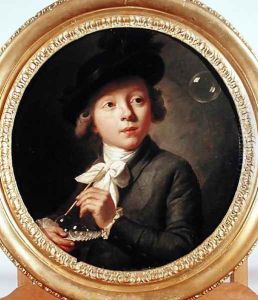Johann Melchior Joseph Wyrsch or Wursch Paintings
Johann Melchior Joseph Wyrsch, also known as Johann Melchior Wyrsch or Wursch, was a Swiss painter born on November 23, 1732, in Büren, a small town in the canton of Uri in Switzerland. He was primarily known for his portraits and religious paintings. Wyrsch received his early training in Lucerne and later moved to Italy, where he studied the works of the great masters. His time in Italy had a significant influence on his style, and he became well-versed in the techniques of the Baroque and the Italian Renaissance.
After his studies in Italy, Wyrsch returned to Switzerland, where he worked in various cities, including Lucerne and Fribourg. He became one of the leading portraitists in Switzerland during the 18th century. His works are characterized by their realism and attention to detail, and he was particularly adept at capturing the psychological depth of his subjects. Wyrsch's religious paintings also reflect his deep understanding of Catholic iconography, which was prevalent in the regions where he worked.
Johann Melchior Wyrsch's career spanned several decades, and he contributed significantly to Swiss art during the Enlightenment. His portraits often depicted members of the Swiss bourgeoisie, clergy, and aristocracy, and his religious works can be found in various churches in Switzerland. Despite his success, Wyrsch's work fell into relative obscurity after his death on June 29, 1798. It wasn't until later that art historians began to re-evaluate his contribution to Swiss art and recognize the importance of his work. Today, Johann Melchior Wyrsch is remembered as an important Swiss artist of the 18th century, and his paintings are held in several Swiss museums and collections.
